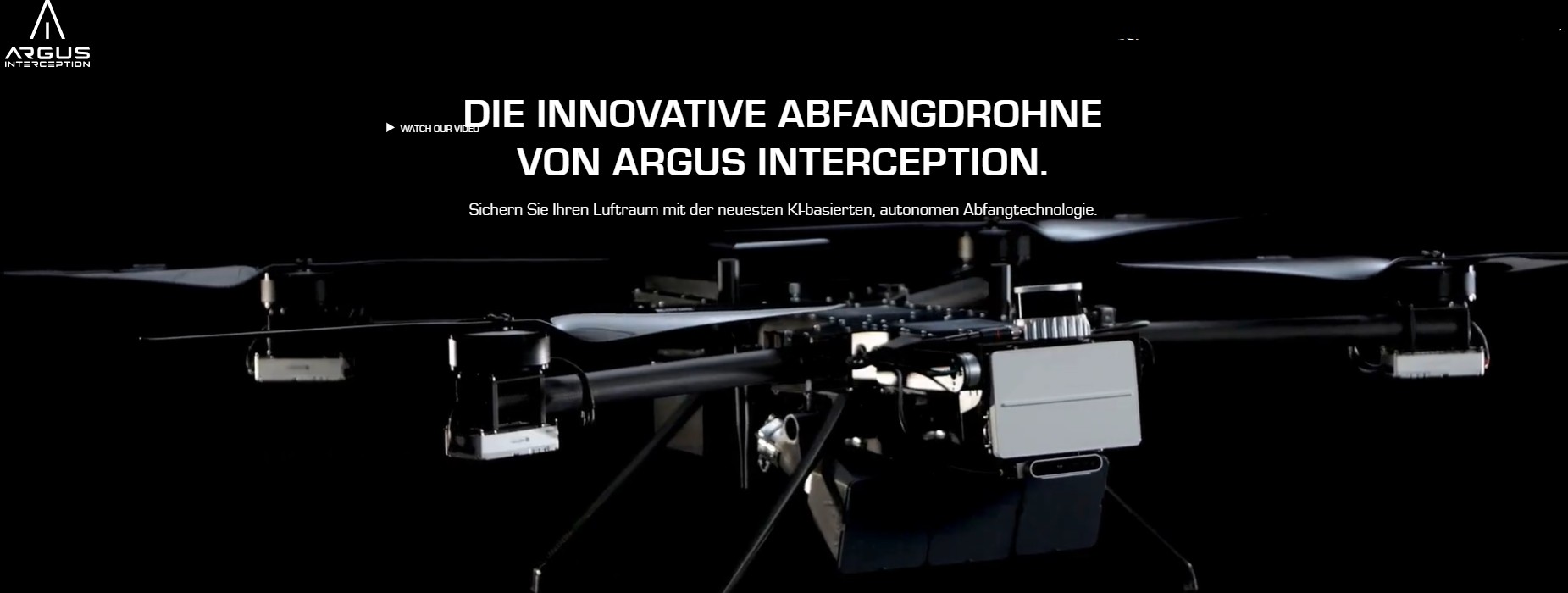Turner Industries Reduces Inspection Costs with Drones
.png)
Turner Industries, a company with a long-standing reputationin industrial construction, maintenance, and pipe fabrication, has taken a boldstep in modernizing how it approaches one of the most complex and high-riskaspects of its operations—piperack inspections. By integrating drone technologyinto its inspection workflows, specifically the Elios 3 drone from Flyability,Turner Industries has achieved a striking 60% reduction in inspection costs andcondensed a process that typically took over a week into just two days. Thisisn’t just a small step forward—it’s a monumental shift in how the industrialsector is redefining efficiency, safety, and cost-effectiveness throughinnovation.
Piperacks are essential components of industrial facilities,particularly in refineries, chemical plants, and petrochemical installations.These towering frameworks support pipelines that transport vital materialsacross vast production sites. Given their size, elevation, and complexity,inspecting them is no easy feat. Traditional inspection methods requirescaffolding, lifts, and at times, plant shutdowns—each of which translates intotime lost and costs incurred. In industries where downtime is expensive andsafety is paramount, companies are under increasing pressure to find smartersolutions.
Enter the Elios 3 drone. Engineered for confined spaceinspections, the Elios 3 is designed to operate in environments that are notonly tight and difficult to access but also potentially hazardous for humanworkers. Equipped with collision-tolerant capabilities, a high-definitioncamera, LiDAR sensors, and advanced stabilization systems, the drone ispurpose-built for industrial inspection use cases. Turner Industries leveragedthis technology to inspect piperacks that would otherwise require significant physicalinfrastructure just to reach safely.
What makes this story compelling is the transformativeresult the technology delivered. Instead of erecting scaffolding—alabor-intensive and expensive process that can take days on its own—the teamdeployed the Elios 3 drone to capture detailed visual and spatial data fromwithin the piperack structures. This data was then processed using advancedsoftware that provided Turner’s inspection teams with precise, high-resolutionimages and 3D maps of the structures, helping them to quickly identify problemareas and assess structural integrity without anyone ever having to leave theground.
The time savings alone are remarkable. Traditionalinspection procedures on similar projects would span five to ten days dependingon the complexity and height of the piperack system. With the Elios 3 drone,Turner Industries was able to complete its inspection in just two days, freeingup resources and reducing disruption to ongoing plant operations. Thisacceleration of timeline has significant knock-on effects—project managers canplan ahead with more confidence, plant uptime is maximized, and inspections canbe performed more frequently, enabling a predictive rather than reactivemaintenance strategy.
Cost reduction is another area where the drone’s impact isundeniable. The 60% savings achieved by Turner Industries are not simply theresult of lower labor or equipment costs. They also stem from eliminating theneed for scaffolding, reducing insurance liabilities, minimizing plantdowntime, and enhancing worker safety. Each of these elements, when combined,represents a holistic improvement in operational efficiency. For a companyoperating at the scale of Turner, such gains are more than just incremental—they’retransformative.
But perhaps the most important benefit of using drones likethe Elios 3 in industrial inspections is the improvement in safety. Industrialsites are filled with potential hazards—confined spaces, chemical exposure,heights, and structural risks, just to name a few. Piperack inspections, inparticular, have historically been one of the riskier tasks for industrialmaintenance crews. The Elios 3 drone removes much of that risk by taking humanworkers out of harm’s way. Instead of scaling tall structures or enteringprecarious zones, inspectors can now monitor the entire process from a safedistance, using high-resolution video and point-cloud data captured by thedrone.
Another valuable aspect of Turner’s approach lies in howdata is captured and used. The Elios 3 doesn’t just provide visuals—it alsogathers spatial data through its onboard LiDAR sensors, generating 3D modelsthat allow inspectors to better understand the physical condition of assets.This digital twin approach can be leveraged not only during the inspection butalso for long-term maintenance planning and structural analysis. Over time,Turner can build a data-rich history of its infrastructure, enabling predictivemaintenance and better asset lifecycle management.
This kind of digital transformation is becoming increasinglycommon across industries, but Turner’s case stands out due to the scale andspeed of its impact. The use of drones isn’t merely a novel add-on—it’sbecoming an integral part of operational strategy. And with regulatoryenvironments evolving to support drone use in industrial settings, the barriersto adoption are lower than ever. Companies that embrace such innovation are notonly improving internal efficiencies but are also positioning themselves asleaders in modern industrial practices.
From a broader perspective, Turner Industries’ success storywith the Elios 3 reflects a larger shift in how industrial companies areapproaching inspection and maintenance. As technologies like AI, machinelearning, digital twins, and automation converge with drone capabilities, theindustrial sector is on the cusp of a revolution in how it manages complexphysical assets. Early adopters like Turner are already reaping thebenefits—cost savings, faster workflows, and safer job sites.
In many ways, this is about more than just drones. It’sabout reimagining the entire inspection lifecycle from the ground up. Byreducing manual labor, increasing accuracy, and digitizing workflows, companiescan move from reactive problem-solving to proactive management. They canprevent failures before they occur, allocate resources more intelligently, andmake faster, more informed decisions.
The case of Turner Industries also sends a strong message toother players in heavy industry: staying competitive in a fast-changing worldrequires more than incremental improvement—it demands bold, intelligentadoption of transformative tools. Drones like the Elios 3 are not sciencefiction anymore; they are working tools in real-world applications, and theirvalue is being proven every day on job sites across the globe.
As drone technology continues to advance, with improvedsensors, longer flight times, and AI-powered analytics, its role in industrialapplications will only grow. Turner Industries’ successful integration of droneinspections is an early chapter in what will soon be a widely accepted bestpractice across multiple sectors—from oil and gas to manufacturing, powergeneration, and beyond.
In conclusion, Turner Industries’ use of the Elios 3 dronefor piperack inspections is a clear example of how innovation can directlytranslate into measurable business benefits. The 60% cost savings andsignificant reduction in inspection time are impressive outcomes, but thebroader implications are even more exciting. By embracing drone technology,Turner has set a new standard for what efficient, safe, and intelligentinspection looks like in the 21st century. And as more industrial companiesfollow suit, the days of scaffolding-heavy, high-risk inspections may soon bebehind us.





